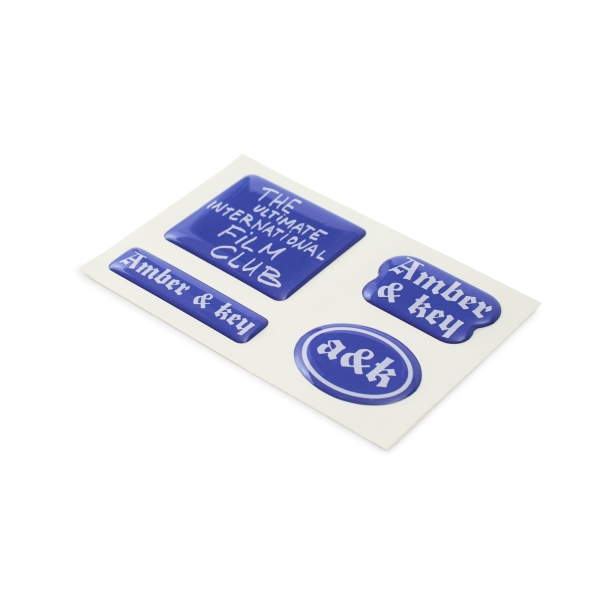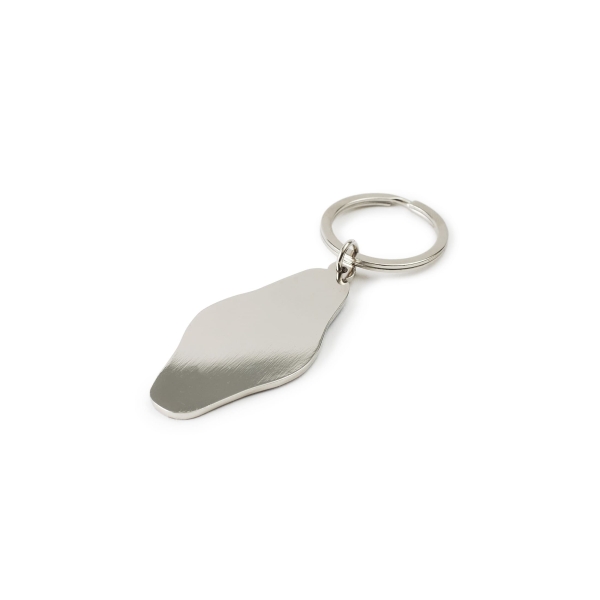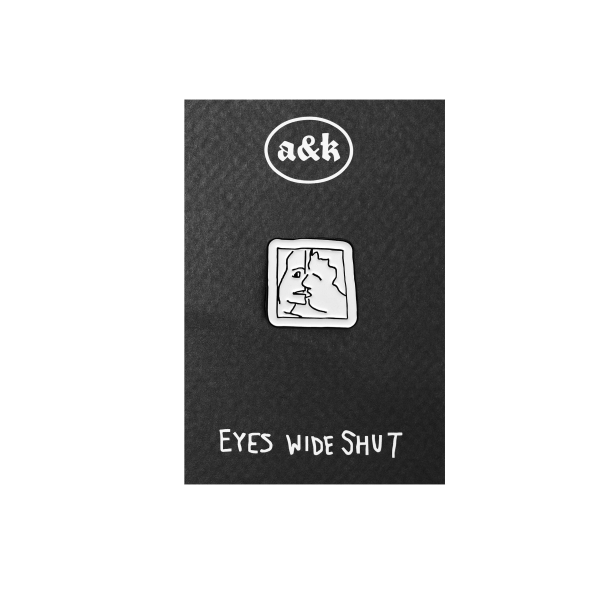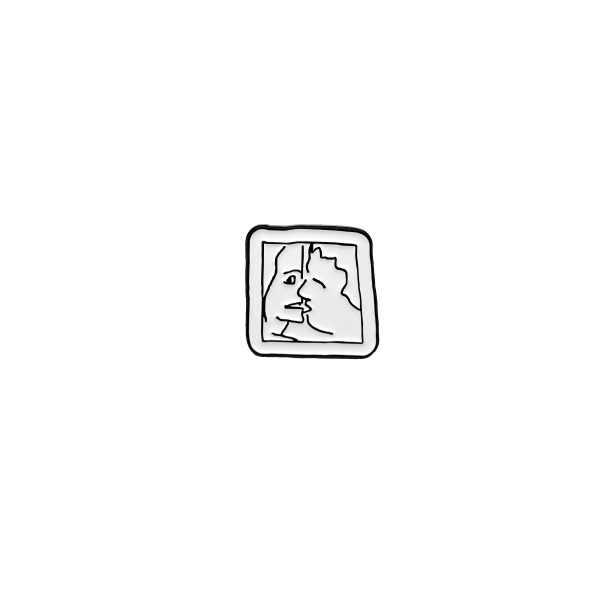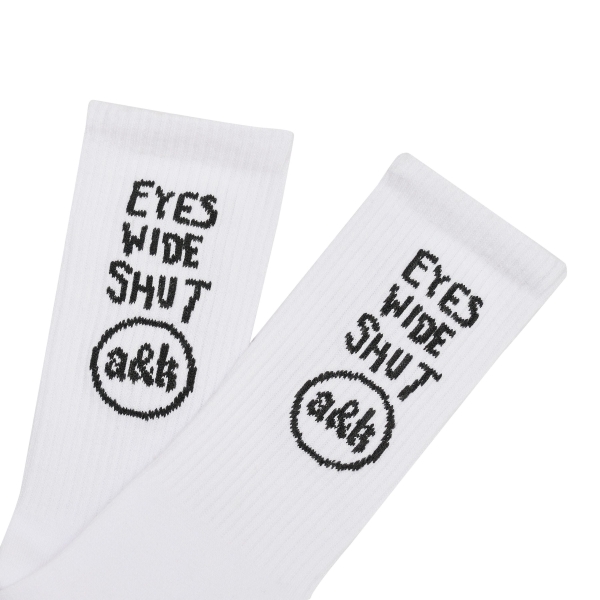The history of 3D imaging began 200 years ago, experiencing it's ups and downs, with anaglyph glasses becoming synonymous with this technology and cinema as a whole. Let's explore what this is, where it came from, and why it's a part of film culture.

Let's start at the very beginning
• Technology
Let’s talk about the technology and the principle of 3D operation. We won't dwell on this for long, but the basics are important. Like cinema itself, it all started with photography. In the mid-19th century, a method of creating stereoscopic images was discovered. The simple becomes complex and vice versa: a stereoscopic camera takes two pictures, each shifted by a distance similar to the space between human’s eyes. Special stereoscopic devices were required to view these photos, through which the brain combined both images, creating a three-dimensional picture. These were the first steps towards 3D images, which were very successful at that time.
In the early 20th century, filmmakers transferred this technique to the screens, and that's when anaglyph glasses appeared. Anaglyph movies are films with blue and red (sometimes cyan and red) filters overlaid on the image. Thus, when watching the film, anaglyph glasses block one image from the other depending on the eye, creating the illusion of depth on the screen. This method of projection and the iconic glasses did not last long. By the mid-20th century, polarizing glasses technology had been developed, involving two synchronous projectors in the cinema. The popularity of 3D images fluctuated throughout the history of cinema, briefly revived in the 21st century by James Cameron and his film "Avatar."
So why is this fleeting and unaccustomed technology important to us?
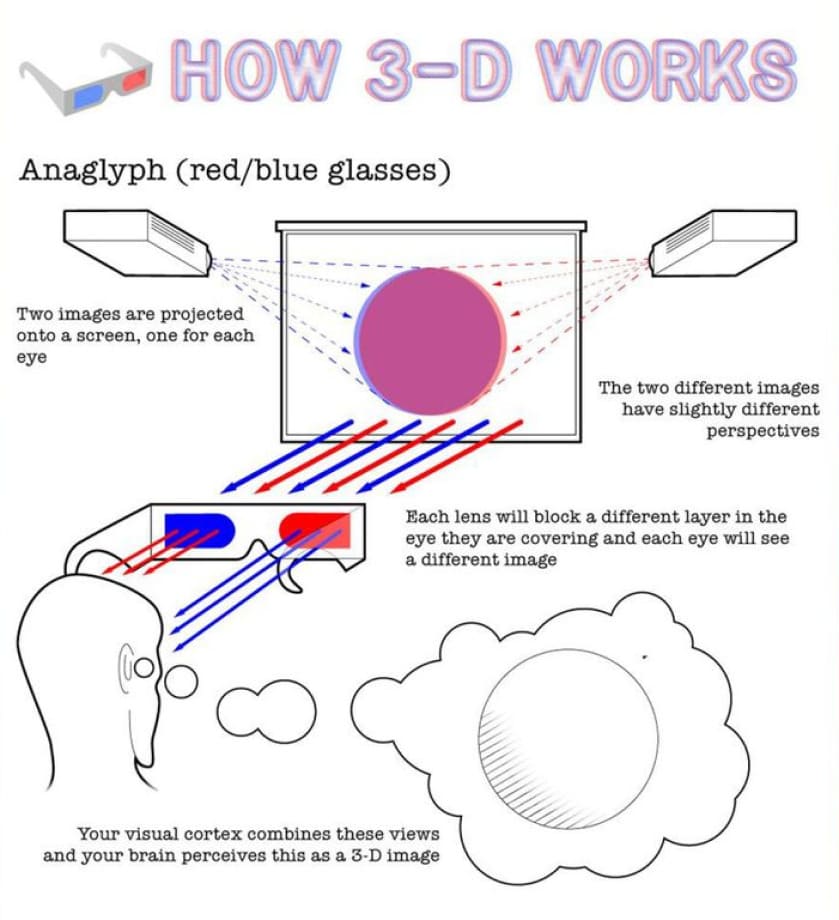


• Meaning
In the mid-20th century, as television's popularity grew, the cinema industry clung to every novelty, one of which was 3D. Such films were able to maintain public interest and increase ticket sales. In the next period (the 1980s), cinemas faced the problem of reduced time between a film's theater release and its home viewing release. Cinemas had to resort to tricks to attract a larger audience to spaces with projectors and pull viewers out of their homes. In our era, cinemas faced not only the problem of growing television and media but also the internet, relentless content flow, and pirate sites that release movies at the moment of media release and sometimes even earlier. Here again, 3D stood tall with the film "Avatar," after which studios lobbied for 3D technology for every subsequent film to replicate James Cameron's success.
The conclusion is self-evident. Although 3D may not be associated with the widescreen art of the greatest masters of cinema, we all owe gratitude to this technology and the thousands of people who tried to implement it, as it helped many cinemas survive their lowest point of viewer interest.
Let's note a few films that marked the rise of 3D in one era or another:
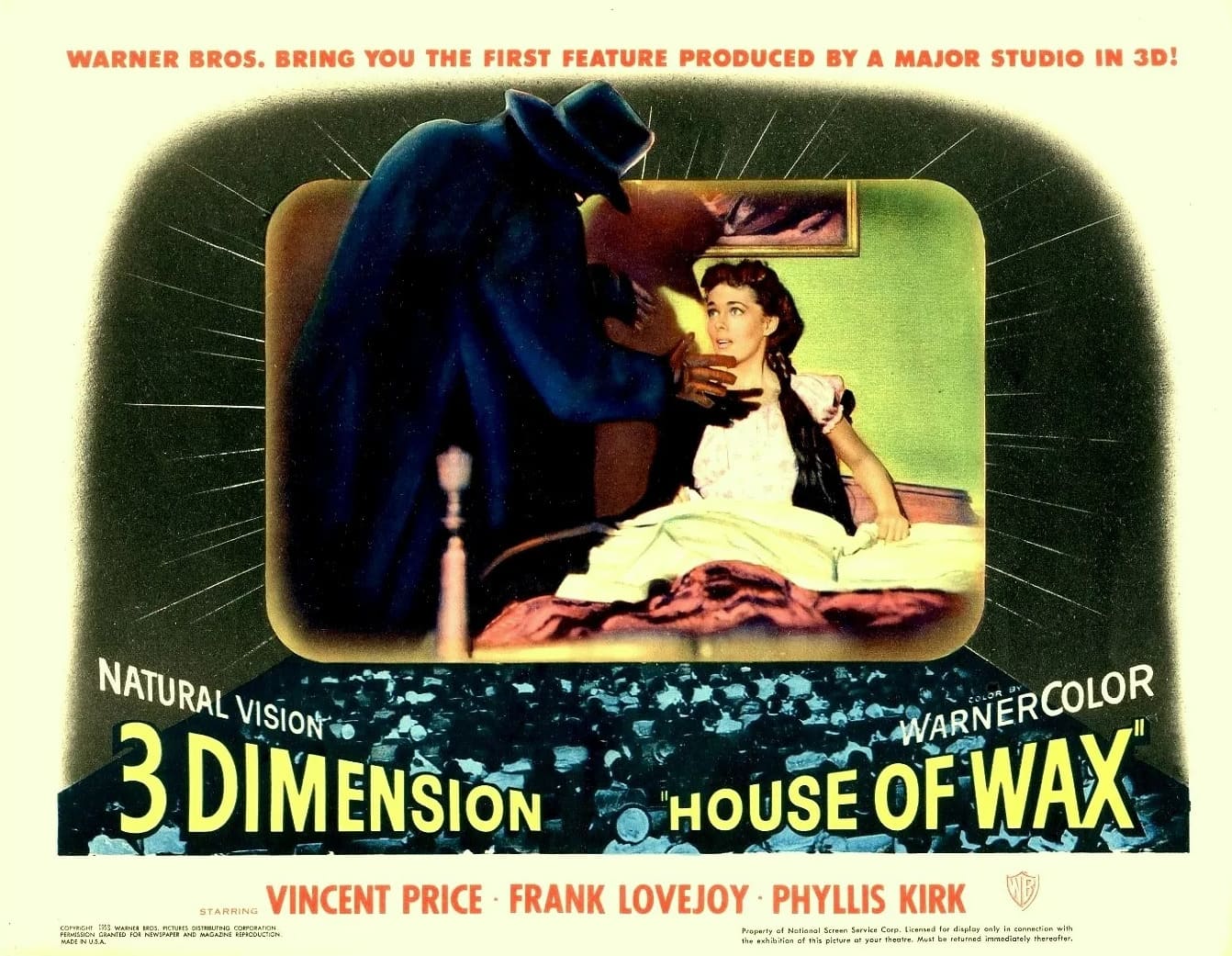


• Symbol
The fact that 3D has faded again in our days does not mean that this is the end of the story. This technology may evolve and return soon in a new format. Mainly because cinemas are again undergoing tough times due to the growing popularity of streaming platforms and the creation of conditions for home viewing.
“Technology will need to make many more huge leaps before one can ever view films with the level of picture and sound quality many film lovers demand without having to slide a disc into a player, especially with the technical requirements of today's 3D movies.”
- Ridley Scott
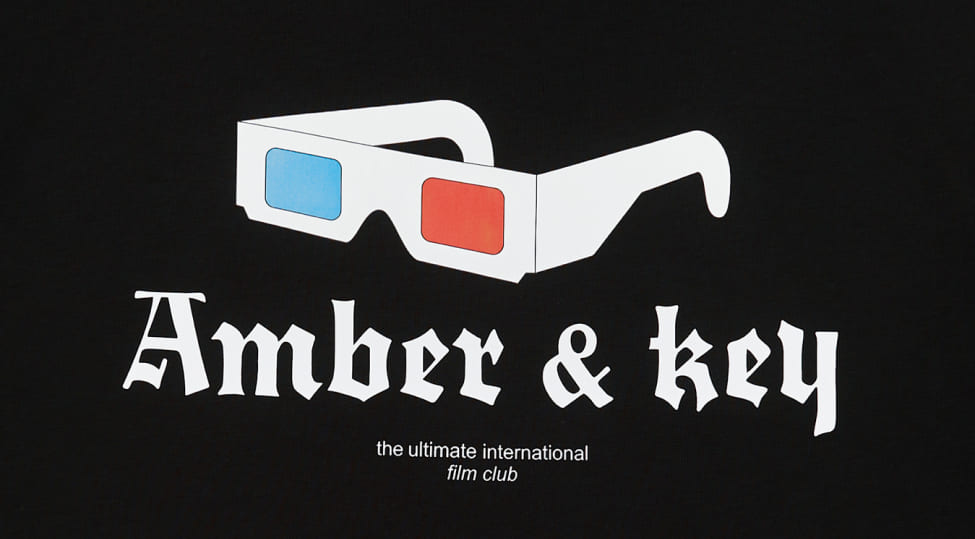
We live in a time when film cameras are no longer the basis for the production process, but some filmmakers fervently defend the very magic of cinema. And rest assured, perforated film will return to us in each subsequent era. Fashion is cyclical, and its forms in the art of cinema are no exception. 3D imaging started its journey at the end of the 19th century, and it still stirs the minds of people and authors. This illusion has not just left a mark. It awaits its time.






















